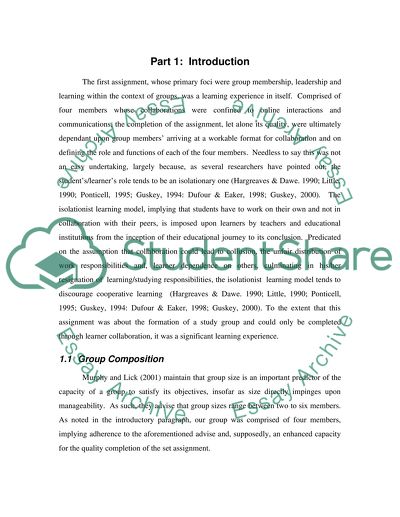Cite this document
(Workable Format of Collaboration in Group Research Paper, n.d.)
Workable Format of Collaboration in Group Research Paper. Retrieved from https://studentshare.org/education/1540643-observation-report-observation-of-a-group
Workable Format of Collaboration in Group Research Paper. Retrieved from https://studentshare.org/education/1540643-observation-report-observation-of-a-group
(Workable Format of Collaboration in Group Research Paper)
Workable Format of Collaboration in Group Research Paper. https://studentshare.org/education/1540643-observation-report-observation-of-a-group.
Workable Format of Collaboration in Group Research Paper. https://studentshare.org/education/1540643-observation-report-observation-of-a-group.
“Workable Format of Collaboration in Group Research Paper”. https://studentshare.org/education/1540643-observation-report-observation-of-a-group.


